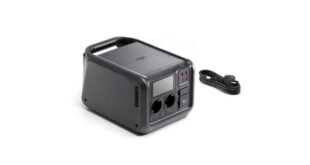The Garmin Fenix is a line of watches in Garmin’s high-end segment. It’s a popular watch for trail runners, thanks to its huge battery life, enough to complete most ultramarathons, and a number of features on maps and slopes specific to trail runners. In addition, there are quite a few triathletes who use the Garmin Fenix because this watch has enough triathlete features as well. The latest addition to this watch line is the Garmin Fenix 7X Sapphire Solar which we are going to review here.
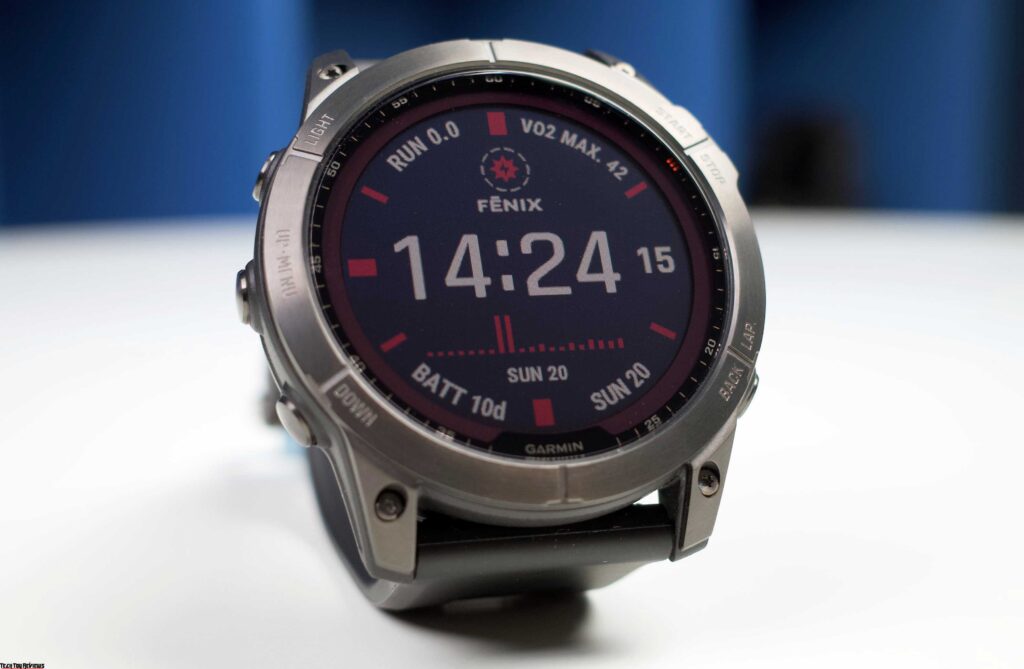
The purpose of this Garmin Fenix 7X Sapphire Solar review is to provide more information for those who are considering buying the Fenix 7X but haven’t been able to try it out first. Hence, we will focus on the new features of the device such as its sensor, screen, flashlight, strength measuring stamina, and more.
Introduction
The watch we have is the Fenix 7X Sapphire Solar, the high-end model of the Fenix 7 Series. However, when writing this Garmin Fenix 7X Sapphire Solar review we had to look at other Fenix 7 products online as well. Like its predecessor, the Fenix 7 features a maze of products, from the regular version to Solar, Sapphire, and a variety of colors and bands. Broadly speaking, there are 22 products in the Fenix 7 Series in total.
In general, for ease of visualization, the Fenix 7 Series has three main product sets:
- Fenix 7 regular (including Fenix 7S/7): the lowest line in Fenix 7 series, with only normal sports function
- Fenix 7 Solar (Fenix 7S/7/7X): the same as the regular series but with the solar charging function
- Fenix 7 Sapphire Solar (Fenix 7S/7/7X): same as the solar series but with multi-band GPS mode, 32GB capacity, scratch-resistant Sapphire glass
Design
Something surprising to us is that the Fenix 7X weighs significantly lighter than the Fenix 6. We tested the scale, and the Fenix 7X Sapphire Solar weighs 88 grams (compared to the Fenix 6, which weighs about 93 grams). It seems like a few grams are not much, but the feeling of wearing it on the hand is different. It must have been confirmed by many runners who have used multiple watch lines.
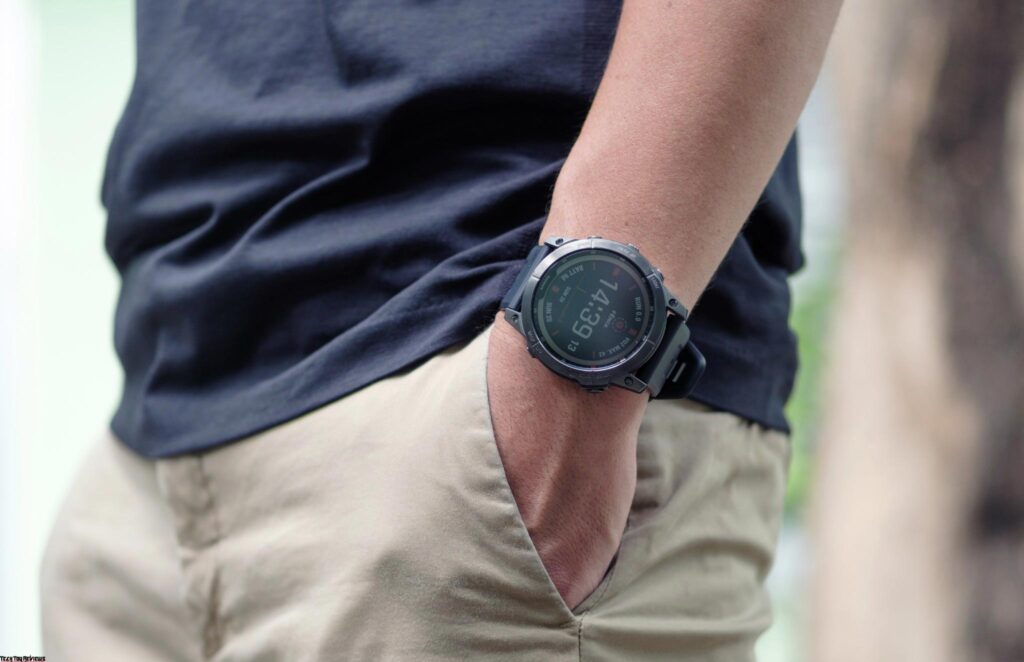
The body of the Fenix 7X is generally a bit thinner and a bit lighter. Personally, we find the Fenix 7X to be much cleaner and more comfortable to wear than previous generations of similar sizes. The body size of the device is 51 mm, with the strap version 26 mm only suitable for men with large hands.
The bezel on the Garmin Fenix 7X Sapphire Solar is not just a circle like before, but it is elongated to cover the lug area. The metal-coated lug will greatly increase its durability, minimizing the breakage of the wire lug due to impact or aging plastic.
Garmin has also taken advantage of the longer bezel area to hold the fixed nuts, instead of having to put it on the bezel as before. This design makes the bezel of the Fenix 7 series cleaner and more beautiful.
The left side includes 3 buttons Light, Up / Menu, and Down. The right side includes 2 buttons: Start / Stop and Back. The stylized cuts on the bezel still help Fenix 7X have a characteristic pit.
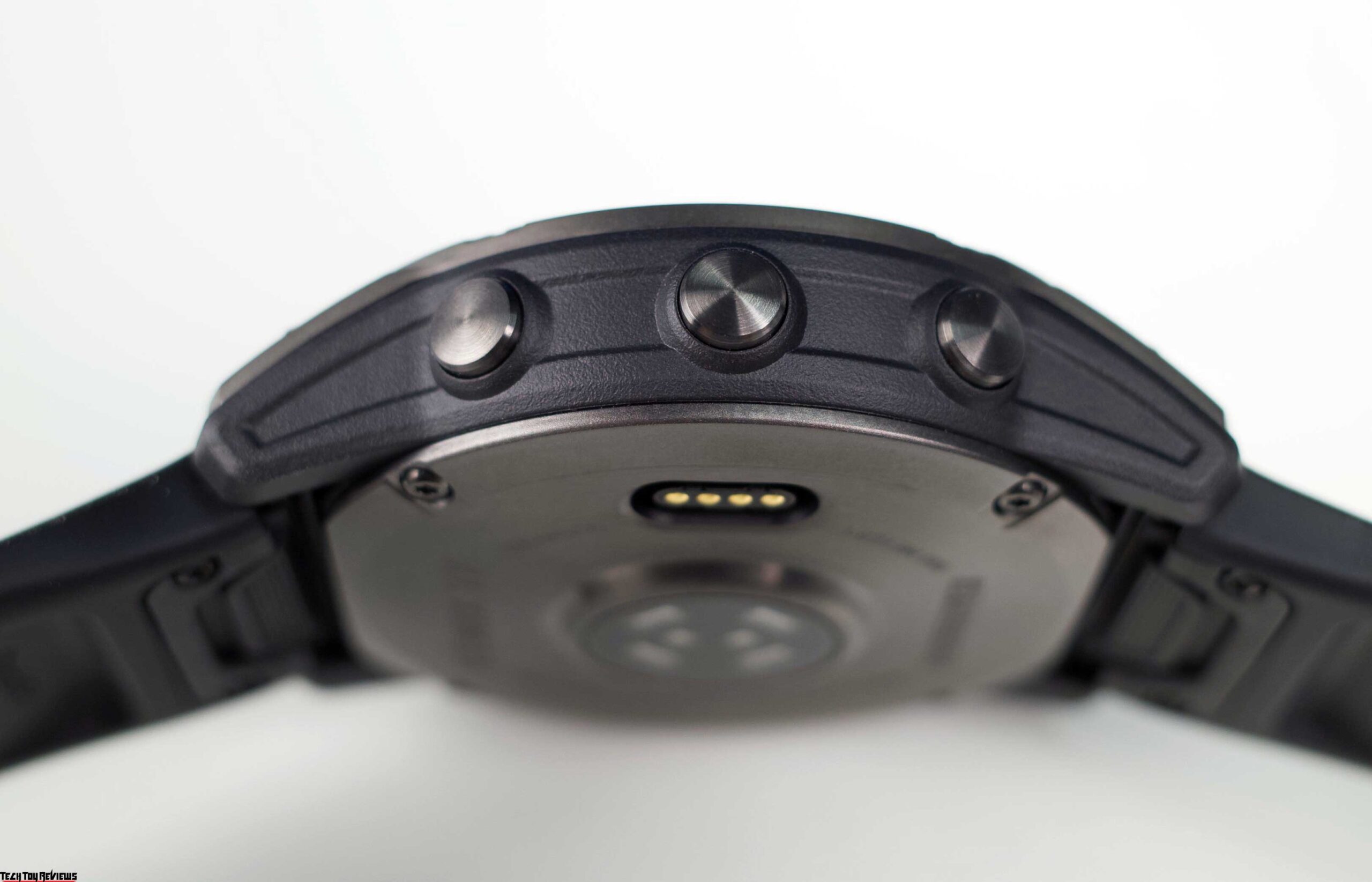
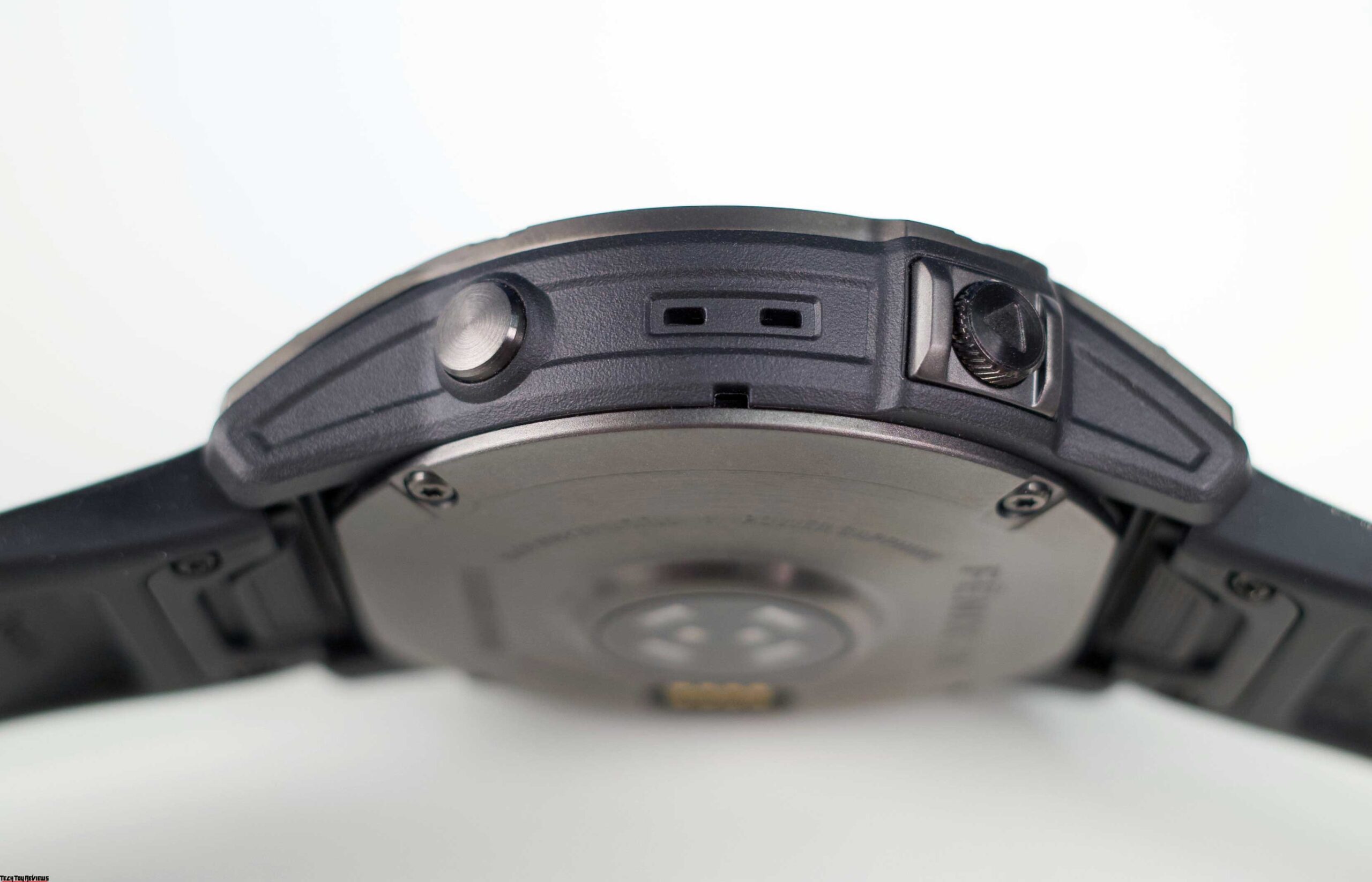
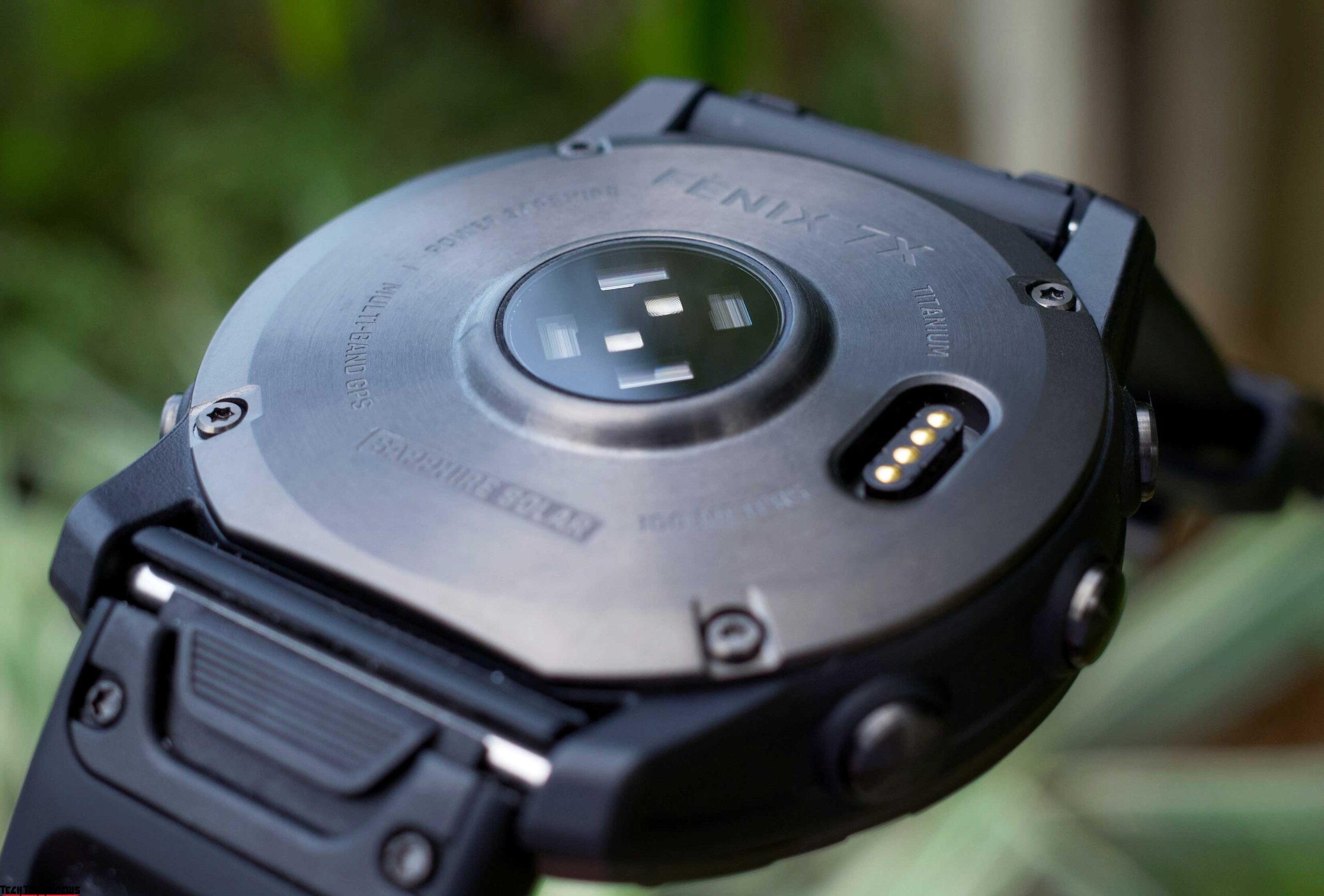
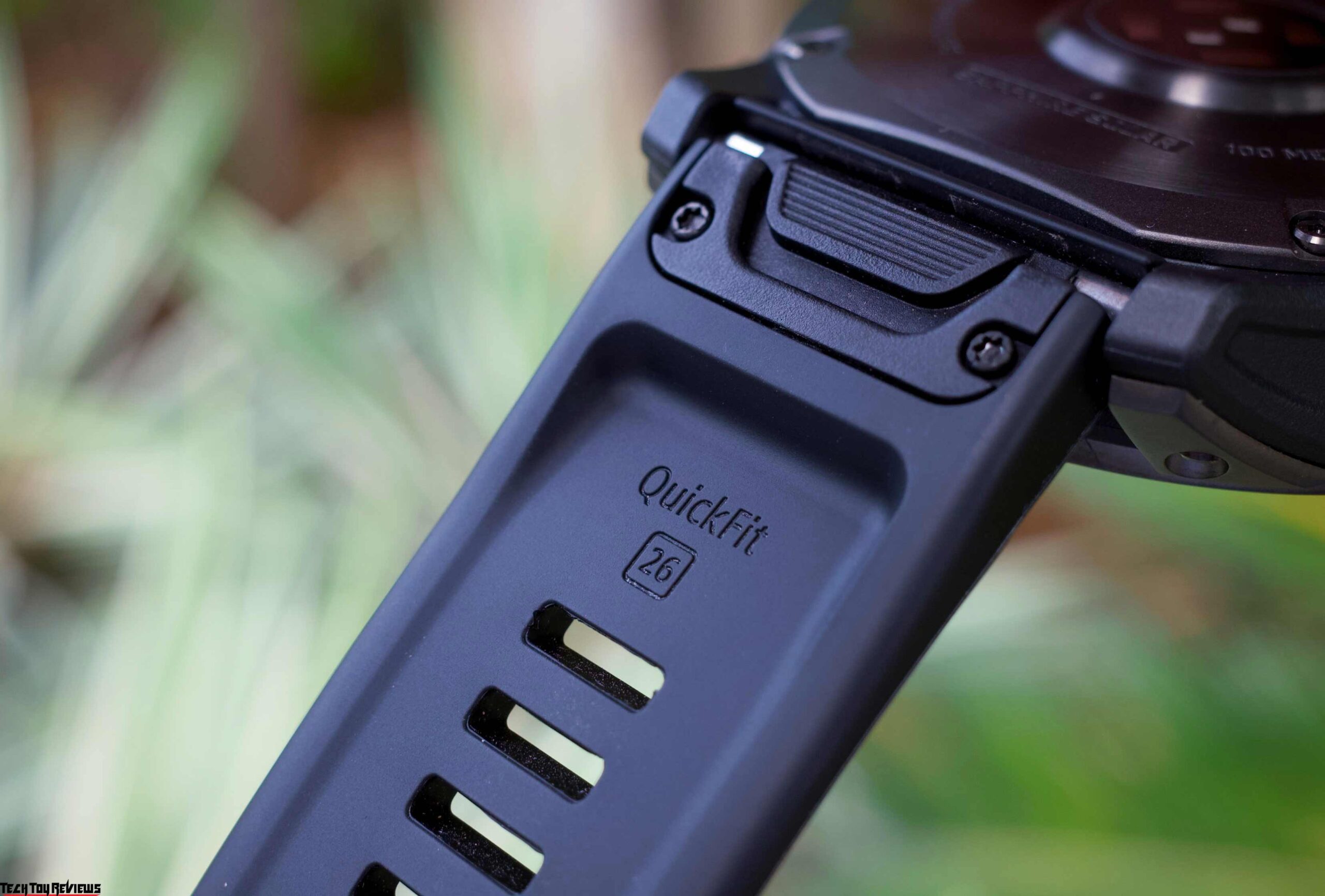
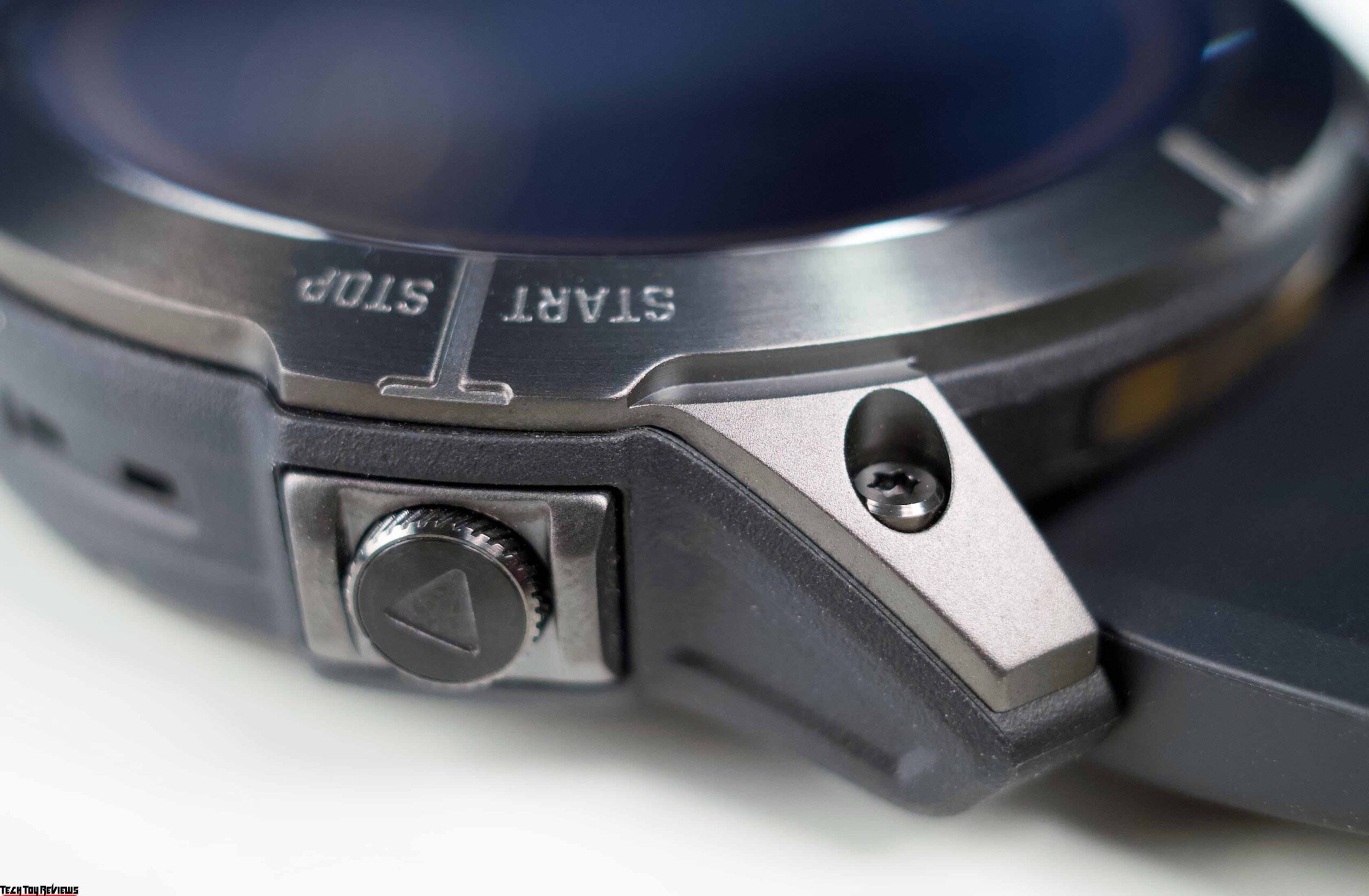
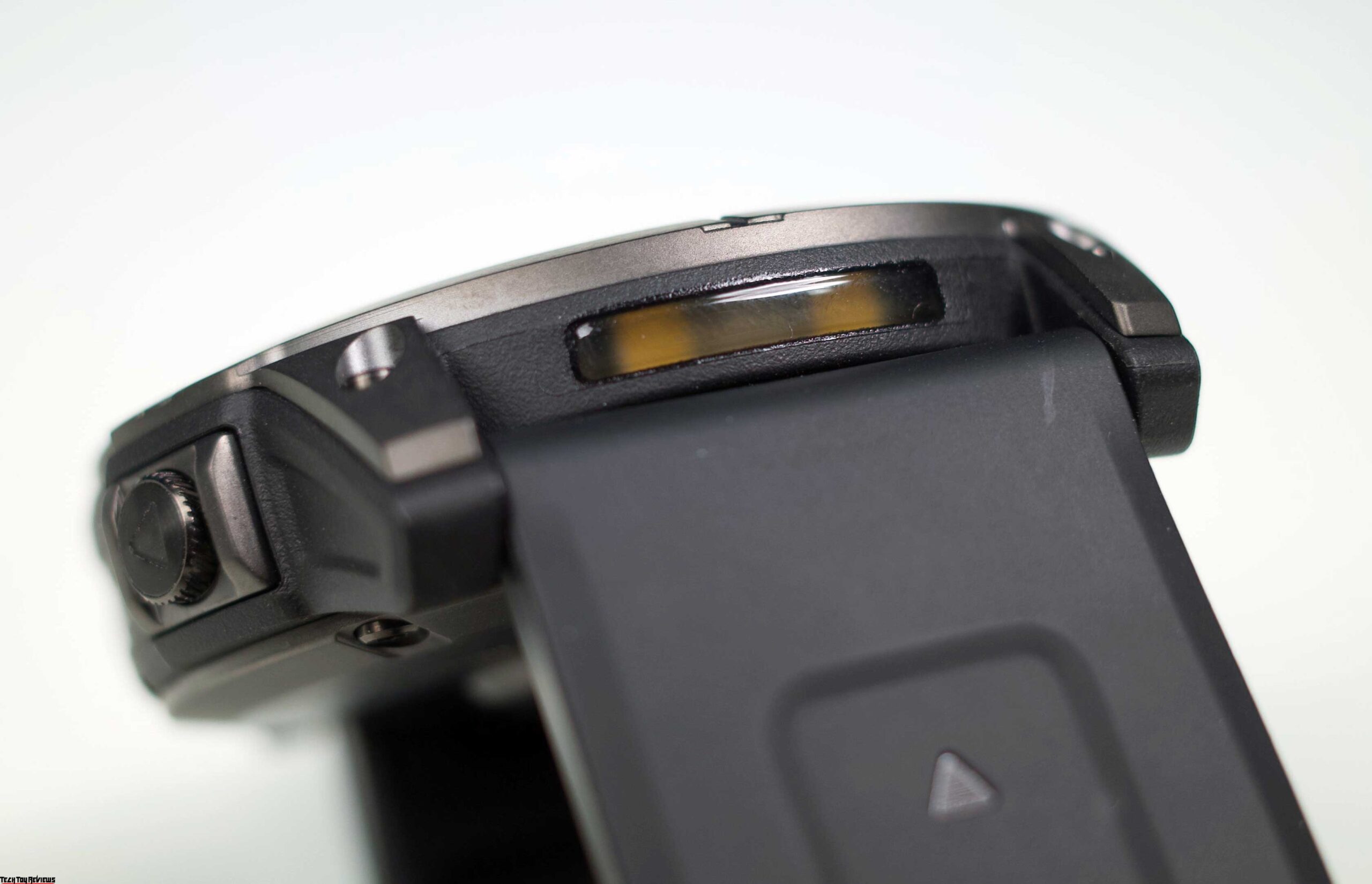
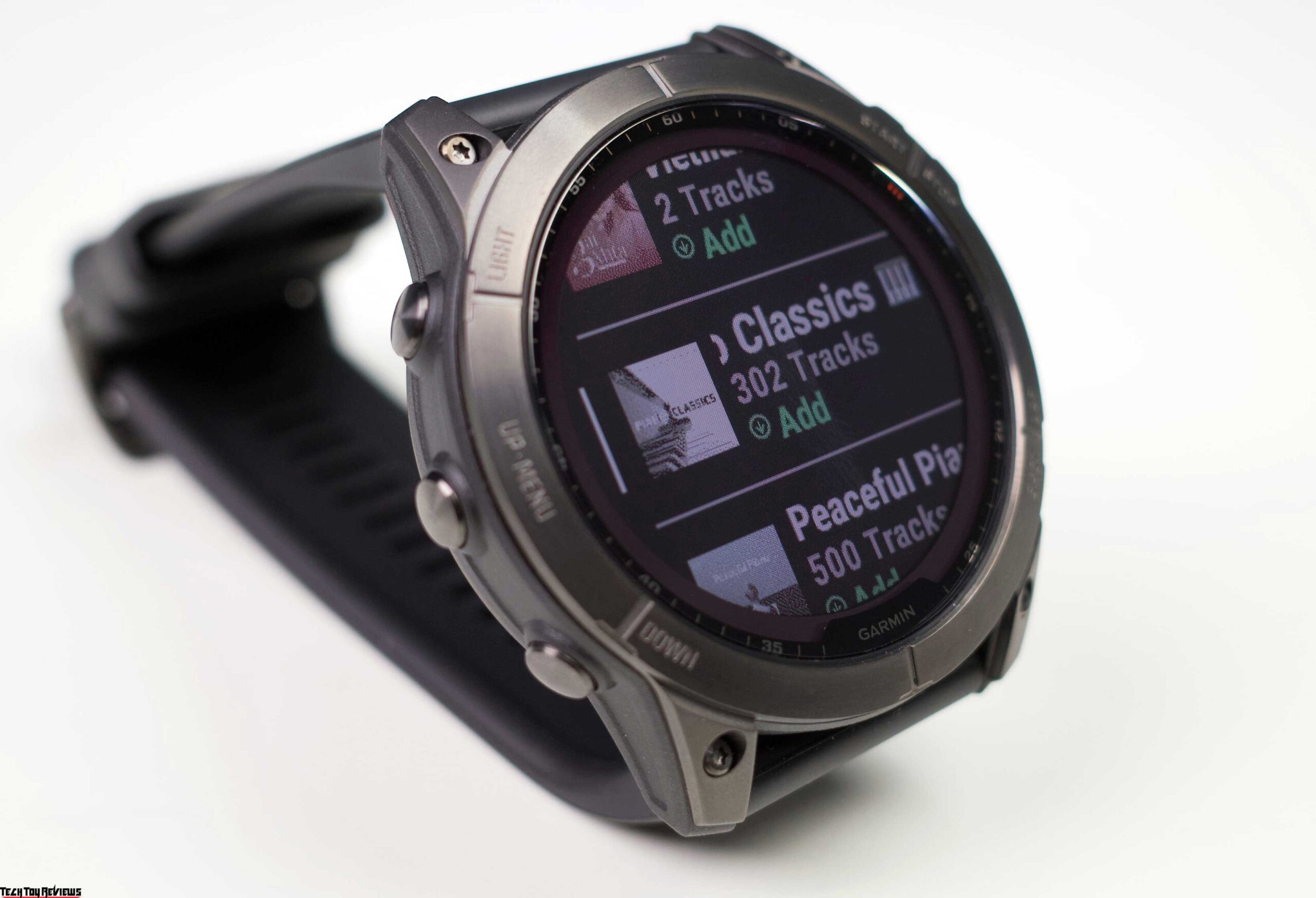
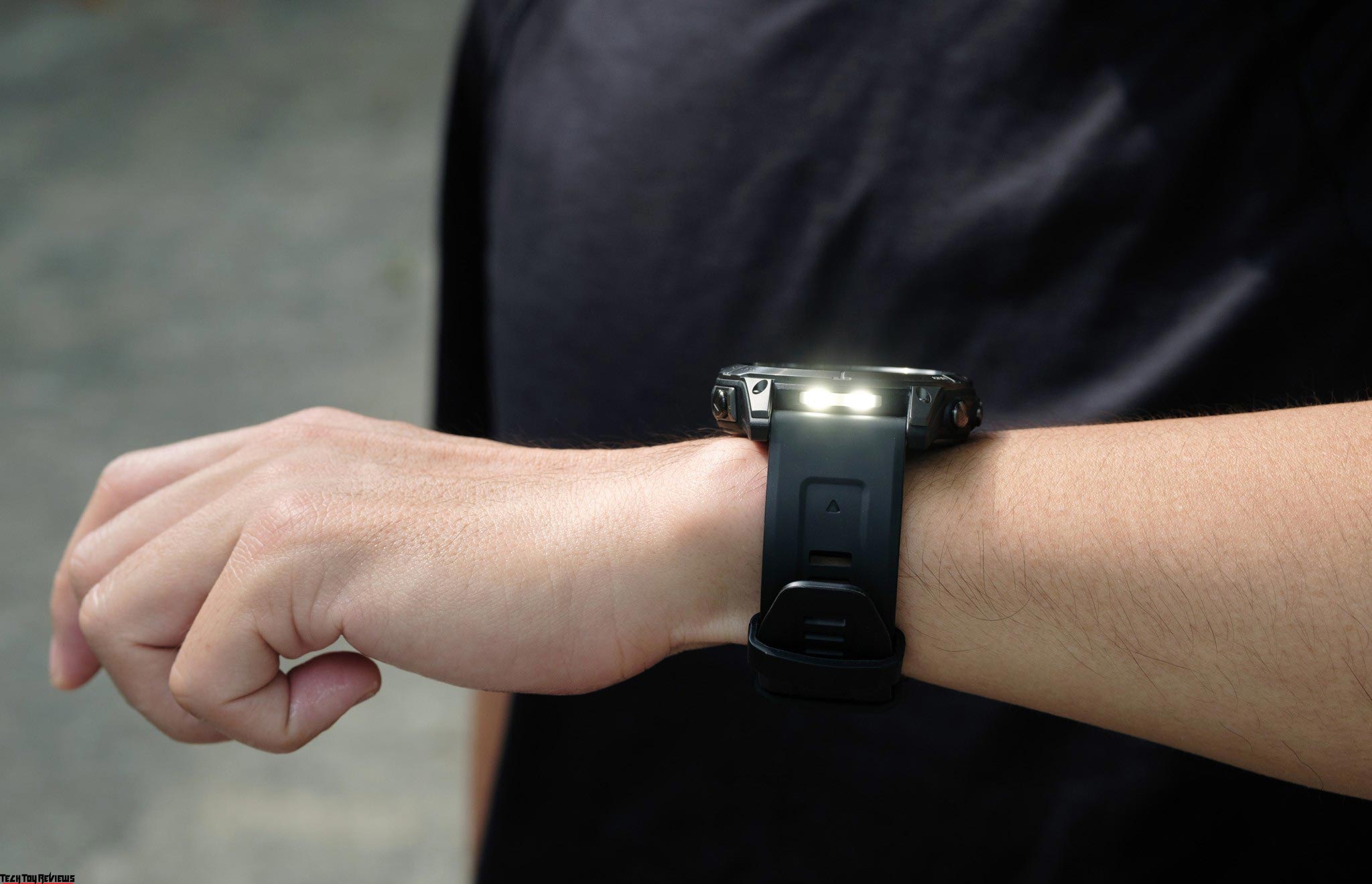
The back of the Fenix 7 series has also been upgraded with a ridged lid that covers the heart rate variable cluster, which is the most vulnerable of previous generations. The reading eye part is now wrapped in glass instead of the plastic layer as before which promises better reading quality and more durability over time.
The rubber band on the Fenix 7X Sapphire Solar is simple yet elegantly fitted, personally, we liked this wire finishing style the most among the Fenix generations. The band has Garmin’s exclusive QuickFit mount for quick disassembly while remaining secure.
Touch screen
Perhaps the brightest point of the Garmin Fenix 7X Sapphire Solar for us is the touch screen. People can imagine the following: When you switch from the Garmin Forerunner 945 (the watch line for triathletes we’ve been using for quite some time) to the Fenix 7X, it’s like a regular phone to switch to an iPhone. It’s a totally different experience.
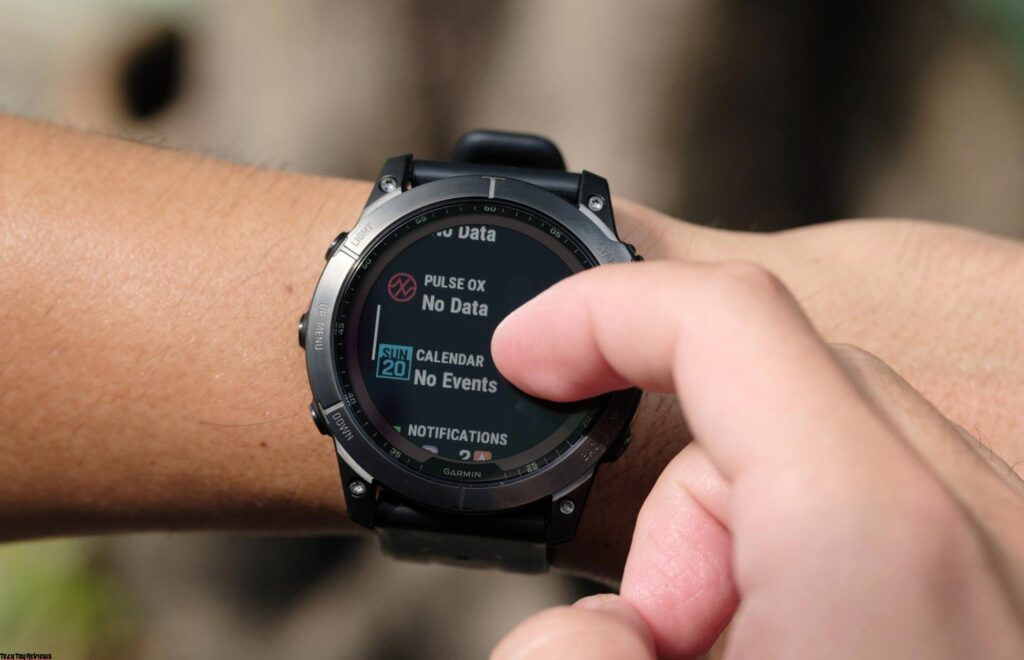
We remember that before this only the Garmin Forerunner 620-630 series (released in 2013-2015) was equipped with a touch screen. But even these lines were quickly replaced by the Garmin Forerunner 735 and Forerunner 935. Perhaps because the technology at that time wasn’t perfect, the touch experience on the Forerunner 630 wasn’t smooth, so it was quickly discontinued. Currently, there are also two Garmin lines, the Vivoactive 4 and Venu 2, with touch screens, but they are not in the sports segment.
The good thing about this touchscreen is that it makes it easy for us to open and view information and move from one screen to another. The touch screen that comes with the watch face is designed to be very convenient: when you press the watch face, the Garmin Fenix 7X Sapphire Solar will open the relevant parameters, and you can press more, or swipe up / down to view the data to switch watch faces (watch the clip below).
But perhaps the most prominent effect of the touch screen is that the map is much easier to see on the watch. Previous Fenix watches all had a map, but it was difficult to use the keys to move. With the touch screen, we can drag up and down to view the map and double-click to zoom in and out of the map.
Sapphire Glass and Solar
Solar power is the characteristic of charging the battery with solar energy. This feature is available on the Fenix 7 Solar and Fenix 7 Sapphire Solar Series, which is similar to the Fenix 6 Solar or Enduro Series.
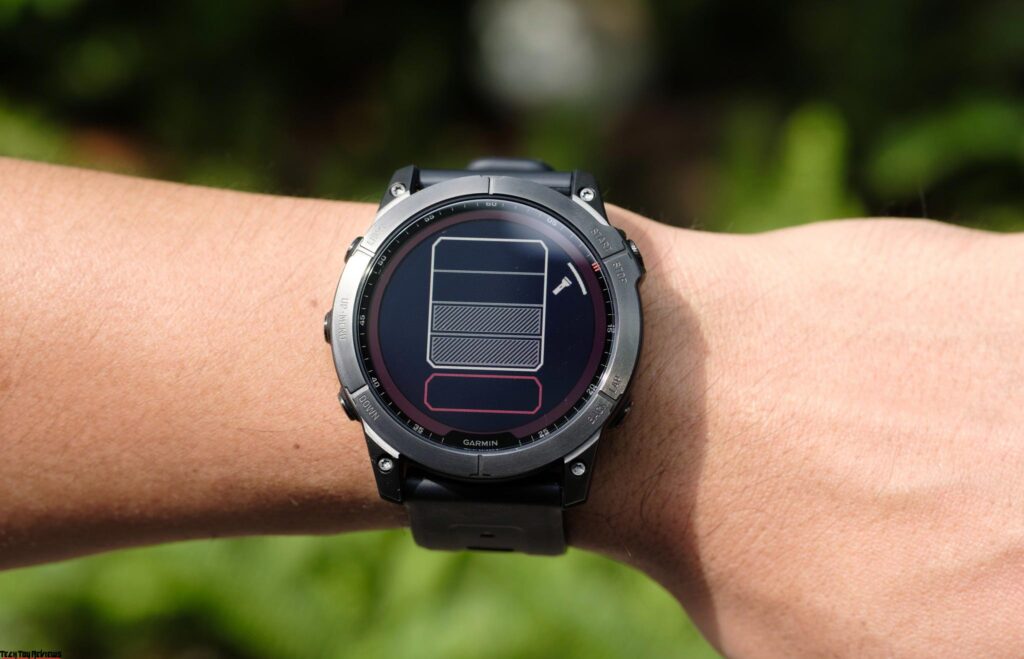
The Garmin Fenix 7X Sapphire Solar is equipped with an all-new Power Sapphire glass that makes it capable of absorbing sunlight with a 200% increase in efficiency compared to the previous generation and remains sapphire scratch-resistant. The gray edge around the screen is the light-absorbing panel, now the border size has increased significantly to help absorb light much better.
With Power Sapphire glass, the battery life of Fenix 7X Sapphire Solar is also impressive. When used as a regular smartwatch: 28 days without solar charging and 37 days with solar charging. When used for GPS tracking: 89 hours without solar charging and 122 hours with solar charging. When used with all satellite systems on (GPS, GLONASS, Galileo, BeiDou, QZSS): 63 hours without solar charging and 77 hours with solar charging. When used with all satellite systems with Multi-Band: 38 hours without solar charging and 42 hours with solar charging.
Multi-band GPS
GPS is probably the most important function of a Sport watch. We also review the watch and the GPS accuracy a lot by reviewing GPS graphs on Garmin Connect after running sessions. However, recently, GPS technology is increasingly advanced, and the accuracy between the watches is not too different, in order to review other features, we will not talk much about the accuracy of the GPS in this article.
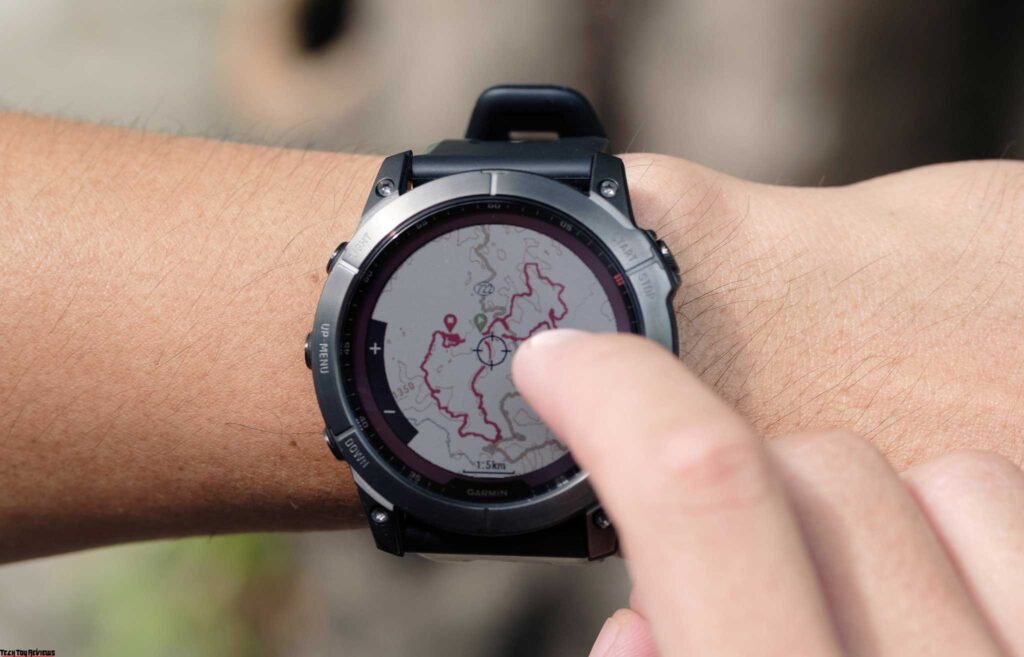
However, it should be added that the Fenix 7 is equipped with multi-band GPS, also known as multi-band GNSS. This is a new technology, helping the device to capture 2 GPS bands at the same time (low band and high band), helping to increase GPS accuracy even in the forest.
The two bands that Fenix supports are the L1 and L5 of the active GNSS system. We tried catching GPS a few times in many difficult locations with many high-rise buildings, the Fenix 7X caught GPS very quickly. This feature will be especially useful when users play sports in an environment with many tall trees, many cliffs, or many tall buildings.
Flashlight feature
The flashlight is an innovation available only on the Fenix 7X series (not available on Fenix 7S and Fenix 7 series). It is essentially a flash mounted on the edge of the watch. You have many options for Flashlight mode. The most common mode is when running, the light emits white light when the hand strikes forward, and red light when the hand strikes backward.
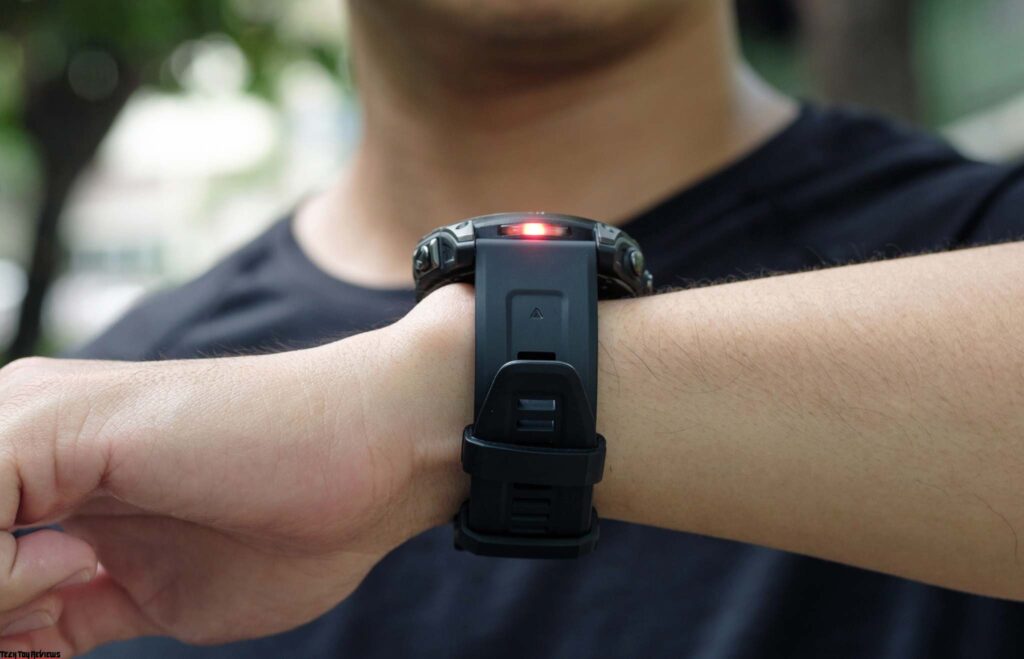
Everyone knows that runners running on the street with vehicles always have a lot of risk of collision. We usually try to run on the sidewalk as much as we can. When we have to run on the road, we always run in the opposite direction of the car to actively avoid the vehicles, and also let the vehicles see us from afar. It can be said that the red and white flashlight mode is not to illuminate the road, but actually for vehicles to easily recognize us from afar and avoid collisions and accidents.
Speaking of accidents, especially in mountainous terrain when running on a trail, Flashlight also has the feature of emitting light according to the SOS code signal. It may not sound important, but in many accident situations on the trail, this function will be very useful at night for the rescue team to identify.
Other health regimes
Health snapshot:
This new feature is only available on the two latest watches today, Garmin Venu 2 and Fenix 7. When you turn on this mode, you need to keep your body stationary, not moving for two minutes. During this time, Fenix 7 will measure a range of metrics from heart rate, to blood oxygen levels, breathing rate, stress, and HRV (heart rate variability – a cardiovascular indicator that helps measure recovery). of the body after a heavy workout). You can go to Garmin Connect and see this Health Snapshot report (see image below).
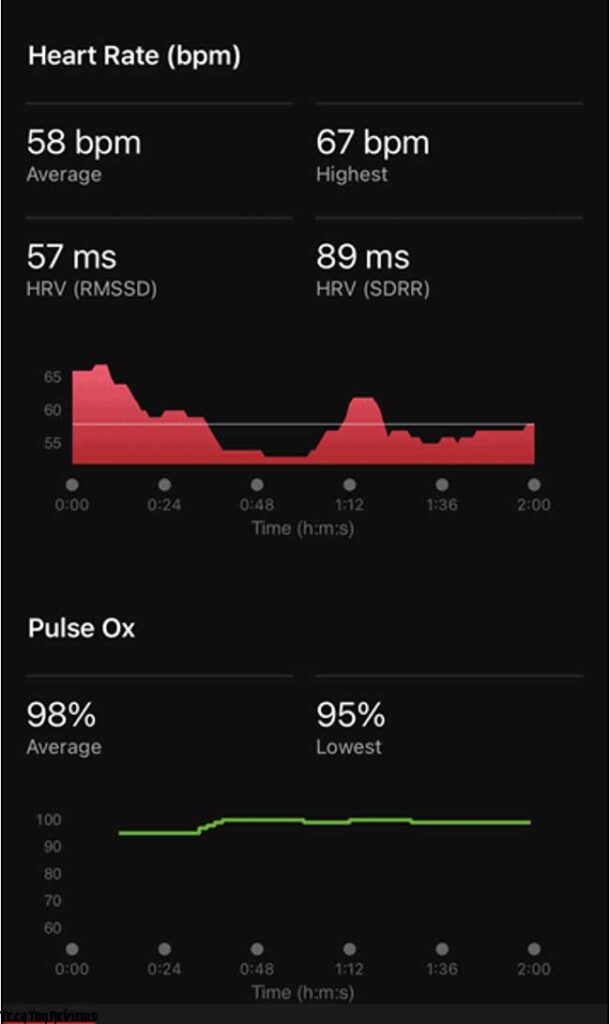
To use the Health snapshot feature effectively, we should measure daily, under the same conditions. For example, we usually measure in the morning right after waking up.
Stamina Mode:
In training, perhaps the worst thing is that exercising with the wrong capacity – either too light for your strength or too heavy for your ability – is time-consuming and inefficient. That is also the purpose of Stamina mode on Fenix 7.
Basically, this feature shows how much energy we have left at the moment, and from there, we can adjust the run accordingly. For example, if your body is healthy, sleeping, and resting enough, you will start the training session in a state of 100% Stamina. After running a few interval nests, this stat can drop to 50%, even 0%, if you feel exhausted.

The Stamina function has two main stats. Stamina is the stat of the ability to run at the current time. This stat can recover a bit when resting after intervals. Potential Stamina is a stat of potential strength, equivalent to how much strength you have left for the day (from which you can calculate the distribution of strength for other exercises of the day, or adjust rest to be able to recover enough strength in the following days).
This index is calculated based on the VO2Max index, along with other indicators such as sleeping heart rate, body battery, and more. Therefore, we need a good training process for Garmin in order to have the right index and get VO2Max data. And we also have to wear the watch regularly to have the most accurate data on the fitness status of the body. We haven’t had that much time to dig deeper into this feature yet. It will definitely be something we watch for more in the next couple of months.
Up Ahead and Visual Race Predictor:
Another new mode for runners is Up Ahead mode. This mode allows us to set up water stations or Check Points on the race track (especially the trail race). Or we can also set up locations to remind you to load nutrients, change tactics… Unfortunately, there’s no race lately, so we haven’t delved into this feature yet.
The Race Predictor feature is not new. All other Garmin series have. However, the new feature in Fenix 7 is in the word “Visual”: with old watches, the Race predictor simply gives you race results at distances of 5km, 10km, HM and FM. However, on Fenix 7 you can see on the clock how that achievement stat has changed over the last four weeks. There you can see your progress (or decline). This function makes it easier to visualize the training process, understand more about performance forecasting, and can suggest directions for improvement.
Final line
The Garmin Fenix 7 Series (of which we tested the high-end model, the Fenix 7X Sapphire Solar) offers a host of new features and a much more enjoyable experience than the Garmin Forerunner 945 and Enduro series we’ve been used to. Apart from being lighter weight, more comfortable to wear, it still has all the traditional sports features such as a heart rate sensor, multi-band GPS with high accuracy, and so on.
We feel that in today’s time of technological saturation, watch brands have to deliver more in longer battery life, GPS accuracy, user experience, new features, and data analysis. And perhaps Garmin is heading in that direction with this Fenix 7 Series.
Price and availability
The Garmin Fenix 7 series starts at $699.99 and jumps to $999.99 for the Fenix 7X Sapphire Solar edition. The Fenix 7 series is available to buy through Amazon.com, Adorama.com, and Amazon.co.uk websites.
 Technology News, Reviews and Buying Guides review, monitor review, tablet review, laptop review, mobile review, smartphone review, buying guide,
Technology News, Reviews and Buying Guides review, monitor review, tablet review, laptop review, mobile review, smartphone review, buying guide,
